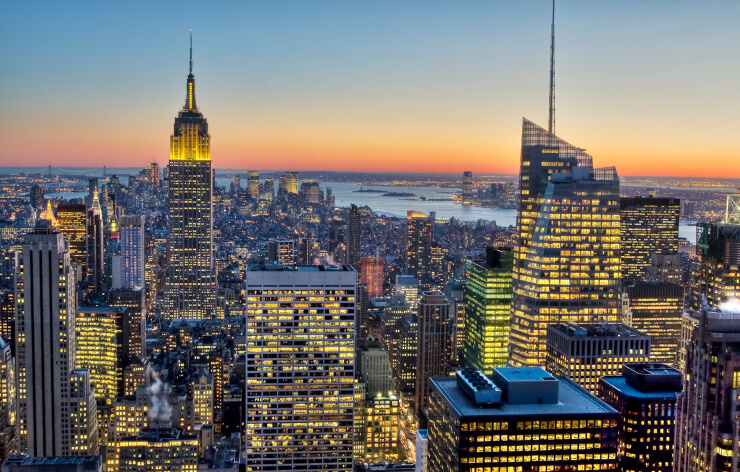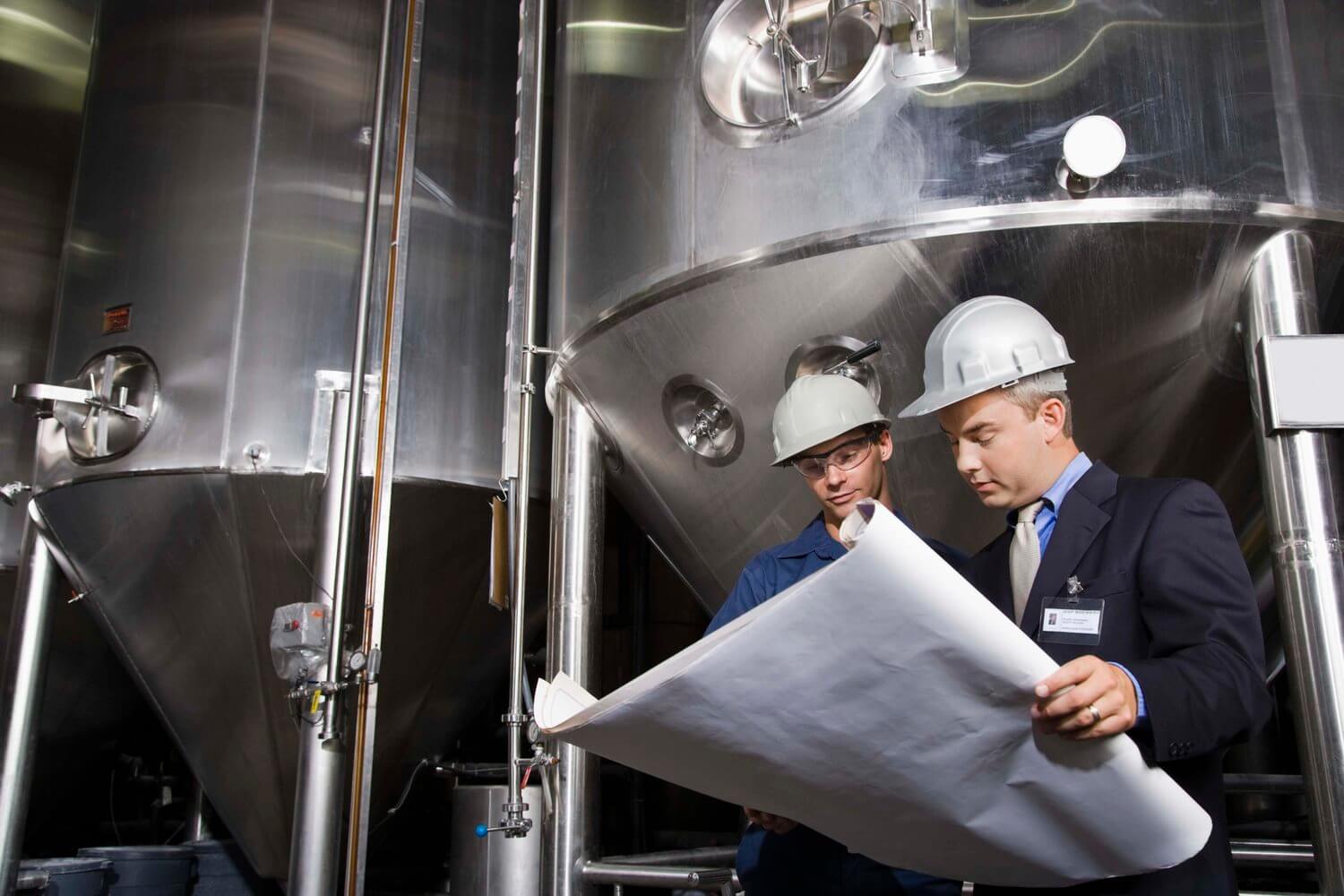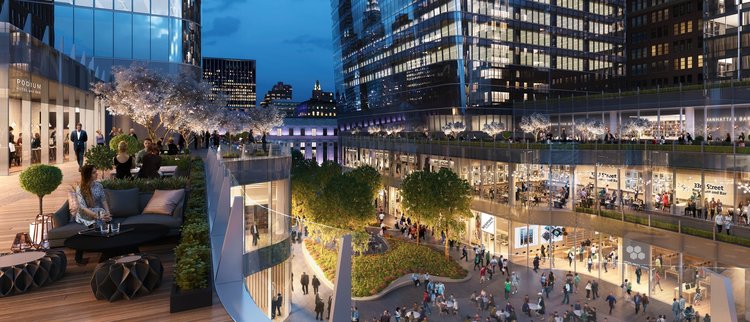
I spent last week in New York City listening to various experts sharing their thoughts on the future of everything from law to real estate development. One of the most fascinating presentations I attended was a Q and A with Ric Clark, the Chairman of Brookfield Properties. For those not familiar with Brookfield, they own $40B in assets encompassing 125M square feet in 257 premier office properties on five continents.
Because they believe that the majority of all new job creation is happening in city centers, only 1% of Brookfield’s portfolio is suburban. Instead, they focus on building urban developments with a sense of place. To Clark, “Place” is a community center with activities and amenities that draw in not only tenants, but also their employees and the surrounding community. Clark and his company believe that if the employees want to work in their building, the employers will want to lease their space.
Brookfield Place in downtown Manhattan embodies “Place”. As background, when Merrill Lynch was acquired by Bank of America, Merrill Lynch’s lease of 4M square feet was nearing its 2013 expiration. Brookfield knew that they were going to need to re-tenant 4M square feet as quickly and strategically as possible.
Rather than cutting rental rates and becoming commodity space, Brookfield invested $500M in the project to “animate the public spaces”. They created a grand amphitheater-style lobby where they hold concerts, ballet performances and other cultural events. They added upscale shopping and a high-end food court called Hudson Eats, as well as a French-themed restaurant/market called Le District, modeled after the very successful Eataly concept.
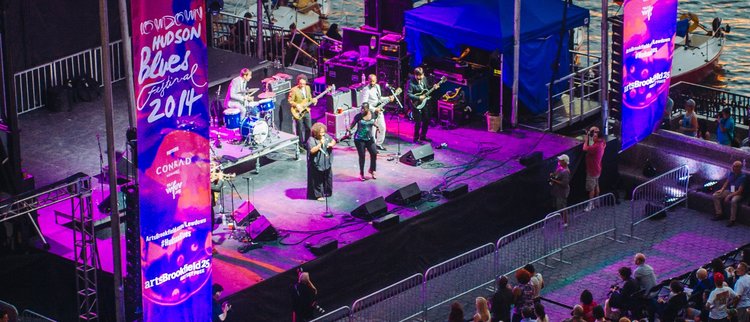
Courtesy of Brookfield Properties
The atrium is a large public space where the community is welcome. On the day I visited, I saw several parents meeting for playdates with their children, business people grabbing dinner to take home and colleagues meeting for drinks. Brookfield has created this sense of welcome for the community by hosting events like Halloween parties and art installations that invite the public in. And leasing volume is staggering: 3.1M square feet were re-leased by the end of 2014 and today, vacancy is lower than 5%.
In Brookfield’s Toronto development, Bay Adelaide, “place” is embodied in a half acre urban plaza between the complex’s two high-rise office towers. This plaza is home to extensive arts and events programming, again designed to draw in employees.
Accounting firm Deloitte bought into the concept and leased 500K square feet in one of the buildings. Its space is entirely “free address” (no assigned seats) and was built with various work environments from quiet rooms to open living room style seating.
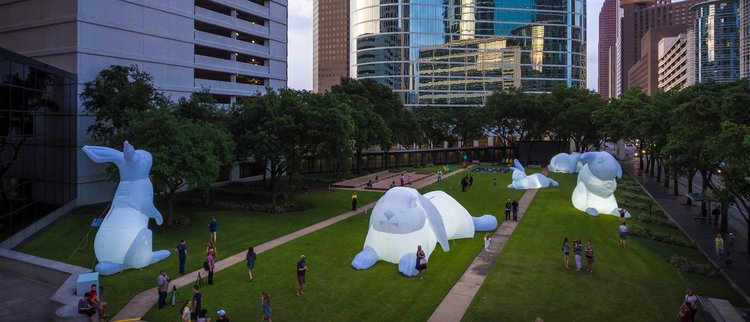
Courtesy of Brookfield Properties
Because of this combination of “place” and work environment, office utilization (i.e. the number of employees that actually come into the office each day) is among the highest in Deloitte’s entire portfolio. As Clark states, “Employees come in every day because they want to be there”. In an industry like accounting where turnover rates are 20%, employee happiness brings a high value.
Clark is a fan of open work environments for Brookfield’s own space as well. In fact, he says that in an industry like real estate where speed of execution is everything, his company’s open plan offices facilitate communication which enables them to execute swiftly on opportunities.
